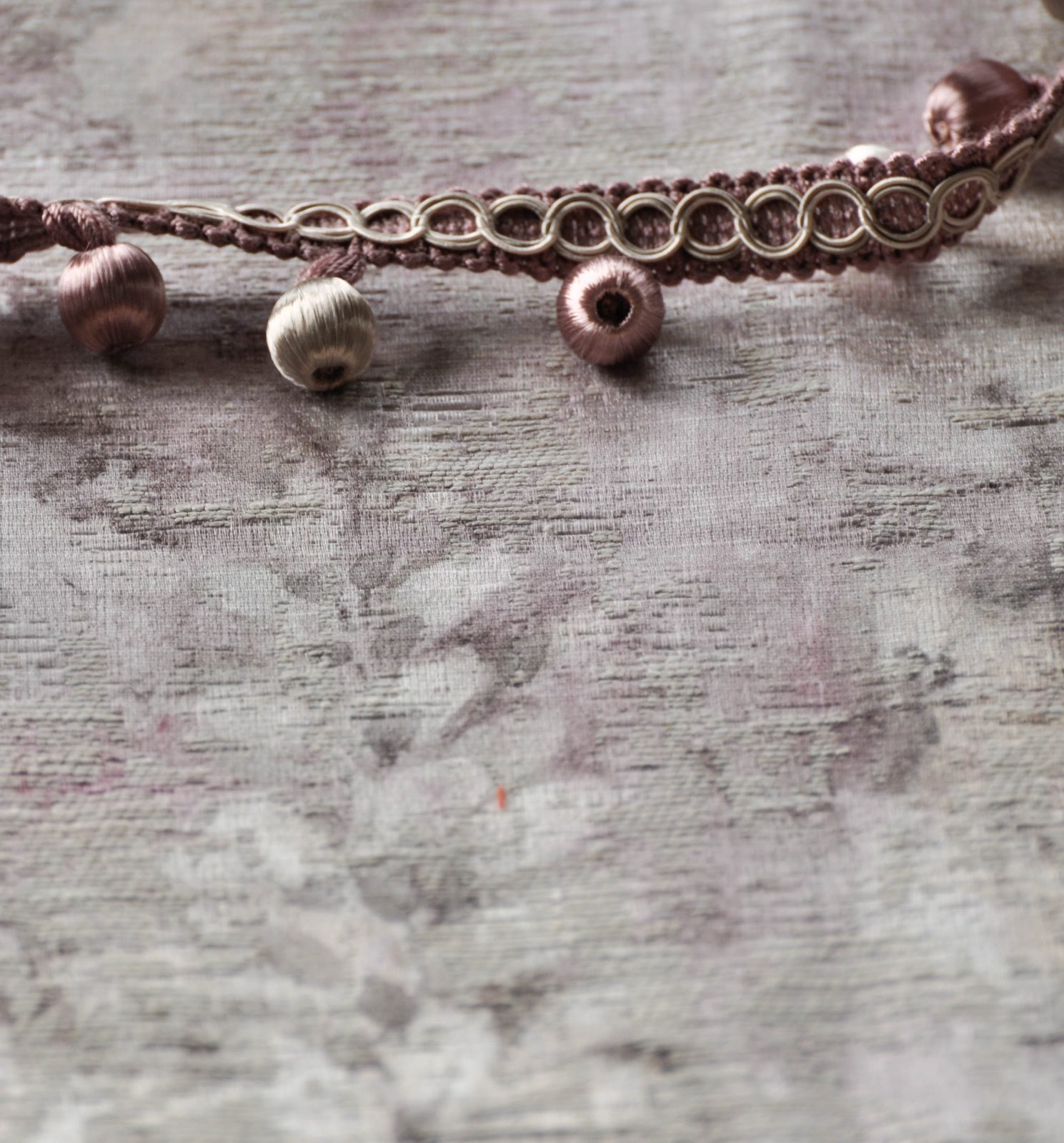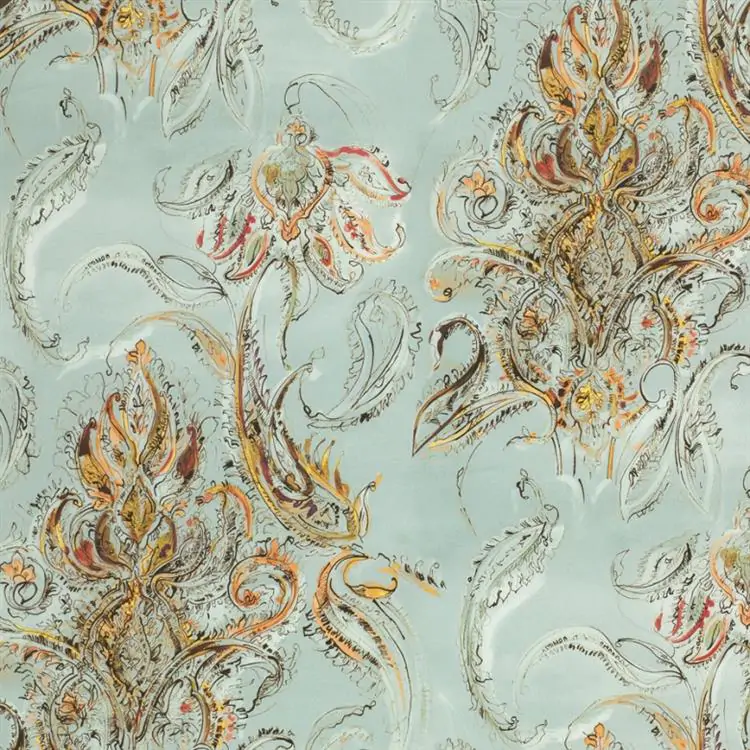

GABRIEL***
Interiors, just like us, love flowers. Modern times, with their fascination with the world of nature and the desire to save the planet in the face of the ever-present threats, make us recognize this love even more clearly. In times when global macro-trends encourage, and even obligate us to plant trees even in the smallest urban spaces, micro-fashion trends and contemporary stylistic tendencies encourage us to adorn everything we can with flowers. The variety of floral patterns is virtually endless. Many industries interpret them for their own use. Fabrics and flowers have been almost inseparable for centuries.

It would seem that there is nothing more trivial than a floral ornament. Meanwhile, floral patterns on fabrics have a complex and tangled history. It turns out that each period had its favourite species, styling methods and interpretations. In the Antiquity, flowers always accompanied genre scenes, creating garlands, festoons, medallions around figures of people and animals. The Renaissance popularized mille-fleurs, similar to modern ditsy floral patterns, with backgrounds dotted with thousands of small flowers surrounding dispersed small animal silhouettes. At the same time, the first weaving workshops were established in the European territories under the Arab rule, which produced fabrics with oriental flowers. The exuberant shapes of orchids and irises appeared in the depictions of paradise gardens accompanied by palm trees. Overt time, the latter turned into stylized and still popular palmettes.
The 17th and 18th centuries brought the “bloom” (sic!) of floral patterns. Flowers became spatial instead of flat, and their representations were more and more accurate. Jacquard looms, invented at the beginning of the nineteenth century, contributed significantly to this change, giving patterns three-dimensionality, and allowing manufacturers and designers to experiment using large-format, complex plant motifs.
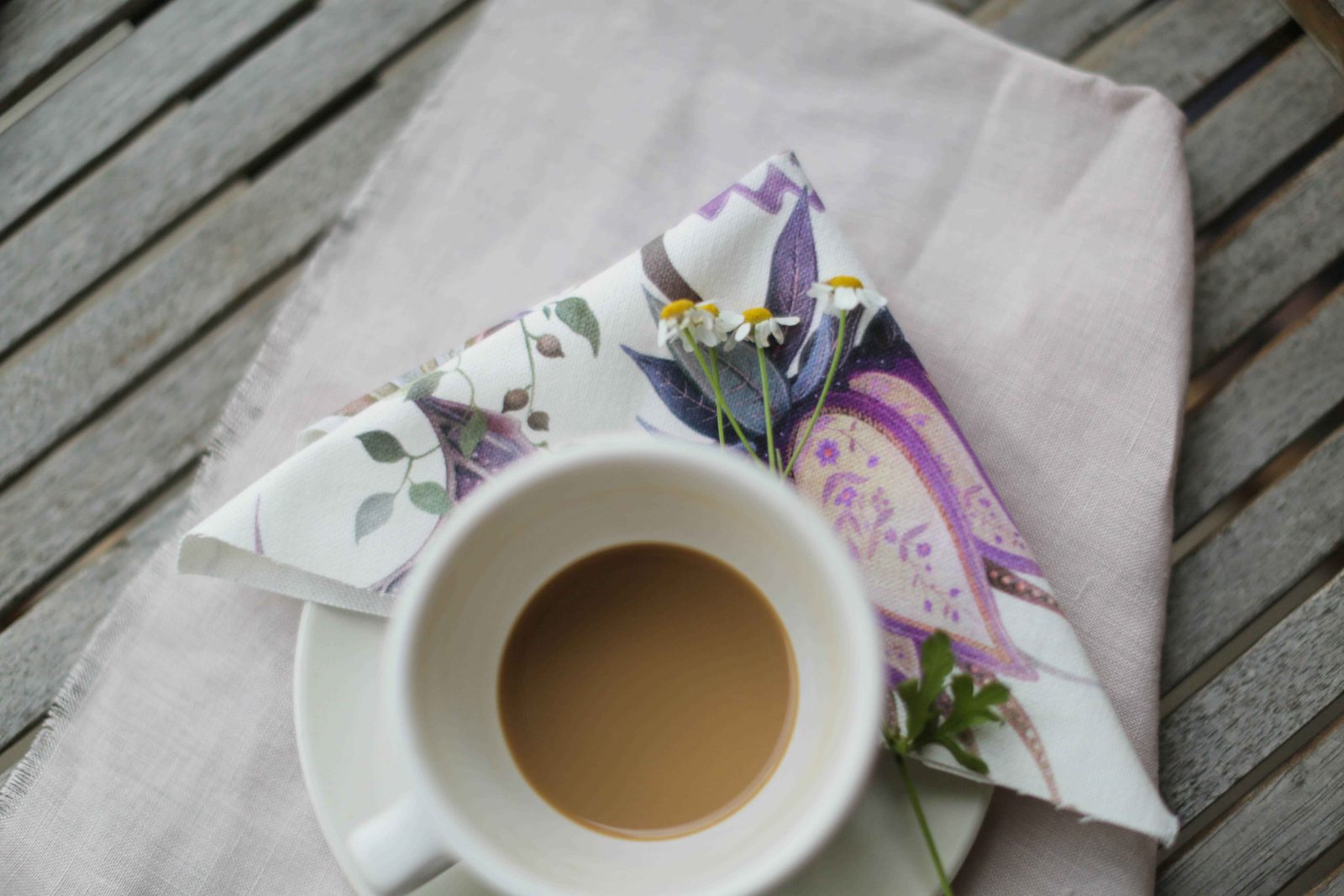
The Rococo brought fashion for small sophisticated flowers, scattered throughout the material, with an abundance of pastel colours in buds, creepers, lianas, garlands, ivies, wreaths, and coronets.
Another great floral pattern boom came with Art Nouveau, whose fluid, wavy lines, referring to ancient meanders, coupled decorative arts with floral ornaments forever. This was also the time when natural sciences were popularized and transferred to the world of decorative art through the work of designers who used botanical templates, the latter being a previously underrated source of inspiration.
The beloved flowers of Art Nouveau included exotic magnolias, lilies, or nasturtiums, as well as quite common sunflowers, pansies, and poppies. All with slender, beautiful, extremely decorative, long stems, tendrils, and creepers. Textiles fell in love with this style and made it an integral part of interior design.
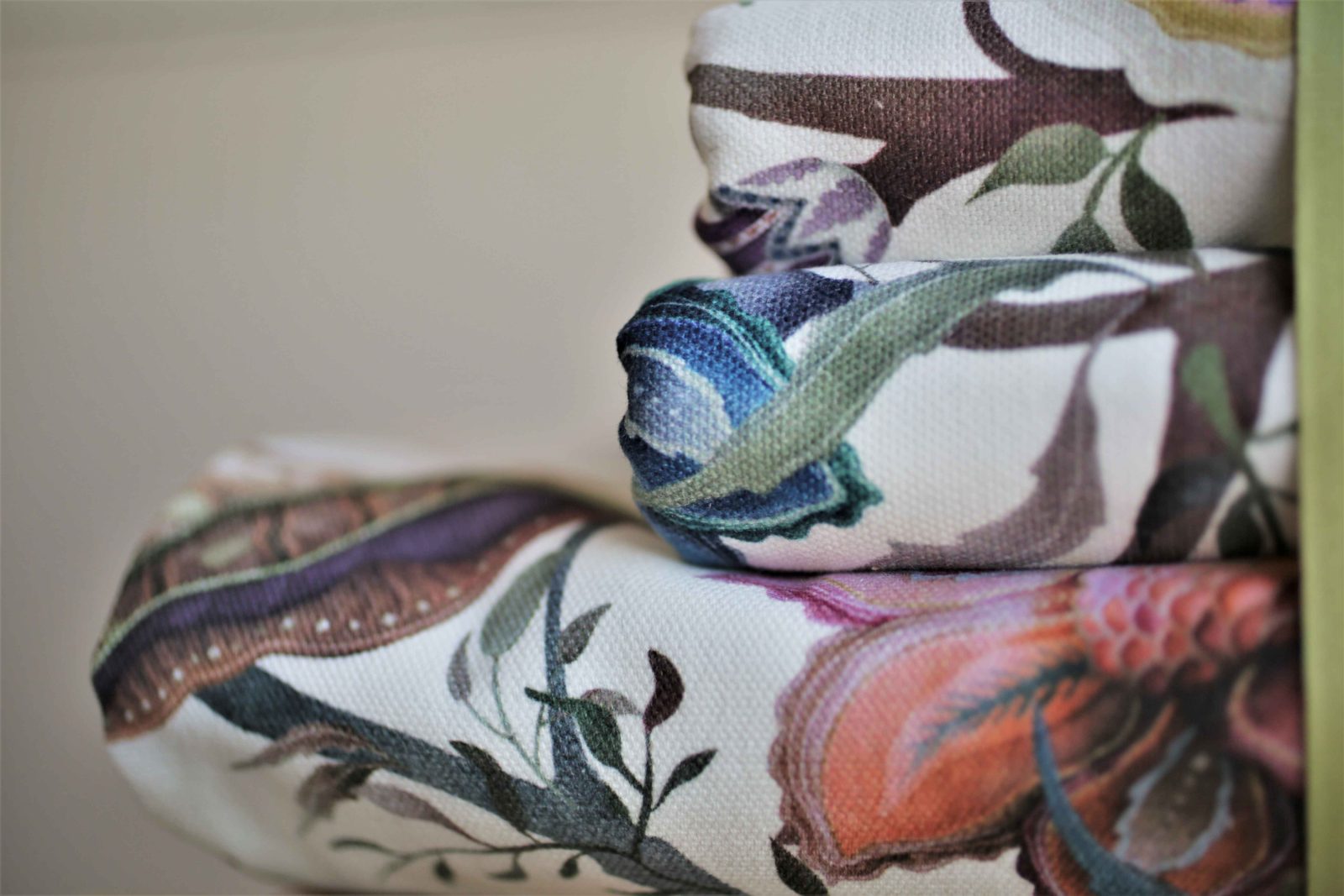
Who says that flowers, with their countless varieties, can only bloom in garden beds and meadows? We can take them home as part of fabrics for furniture, bedspreads, curtains, bedding, tablecloths, and cushions. However, moderation is key when selecting and arranging floral motifs. Large flowers will go well with fine blossoms, and stylish patterns will perfectly fit graphic ones as long as they maintain a cohesive tone.
If you do not want to risk stronger and ambiguous combinations, it is better to use a single pattern. It can be repeated in several places in the same room e.g. on the bedding and the seat of a bedroom armchair. The most important thing, however, is to choose one consistent style.It is good to have a closer look at flower patterns, understand them, and decide on their suitable application.
Palmettes, garlands, festoons like in museum collections.
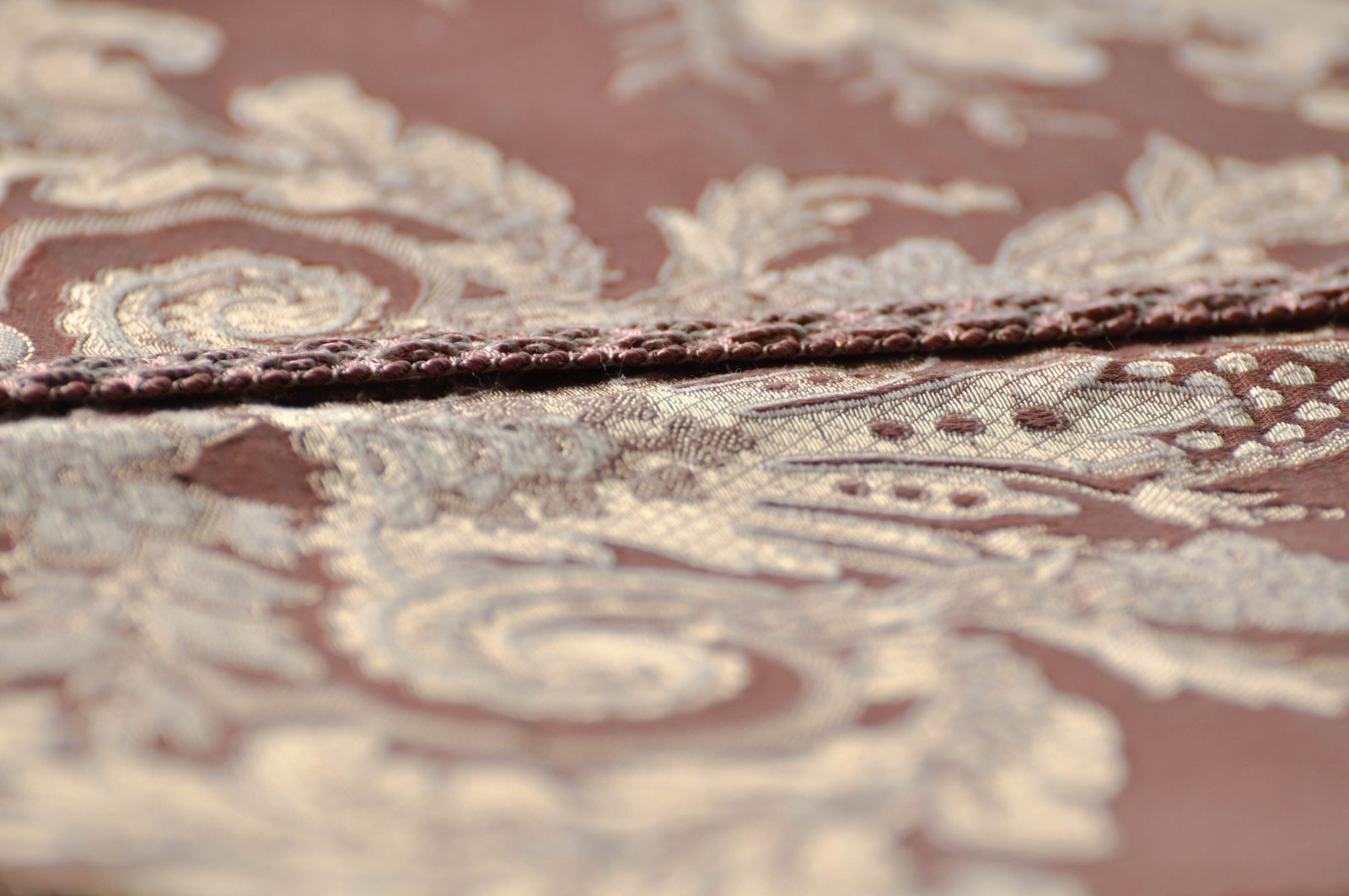
Floral motifs rank high on the list of ornaments in the history of decorative art. Modern fabrics use the entire spectrum of plant, leaf, flower, or fruit patterns. Still, the favourite motifs on decorative and upholstery fabrics intended for classicizing interiors are floral ornaments inscribed in geometric figures modelled on Romanesque frescoes, sculptures, and paintings, as well as antique arabesques, grotesques, festoons and garlands, restored and popularized during the Renaissance.
Even more universal in use are Gothic-style plant tendrils, branch ornaments, flowers, and geometric traceries – similar to Art Nouveau’s curved lines of fanciful vegetation. All these motifs are well aligned with contemporary trends, which have incorporated them in the art of interior design using fabrics.
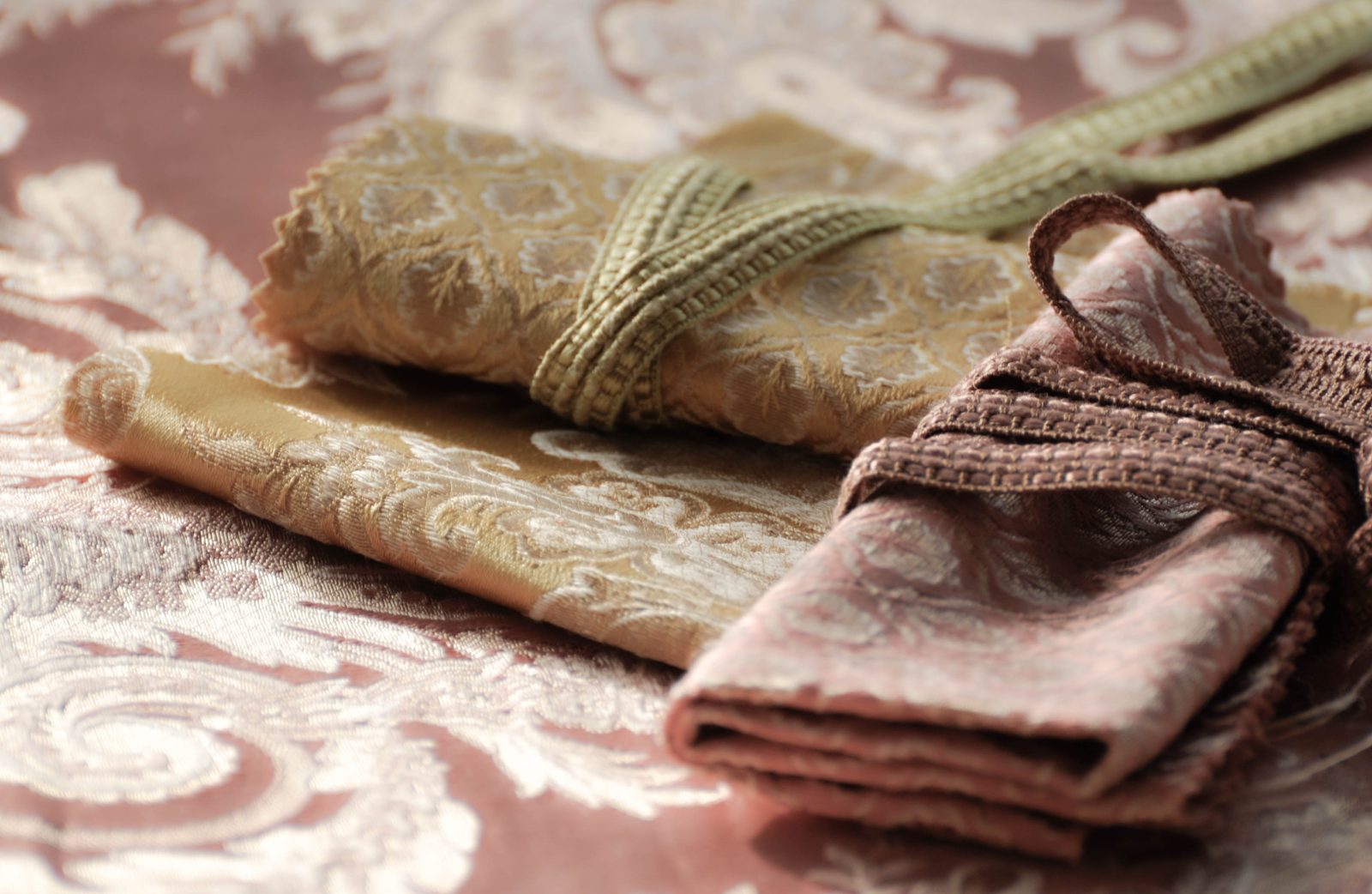
Graphic like drawings in an old herbarium
Graphic, extremely expressive floral motifs on contemporary fabrics are reminiscent of drawings from old herbaria and botanical templates. Thanks to bright, smooth background colours, these drawings gain extremely impressive depth. Pastel, delicate colours of overprints form a free reinterpretation of the original monochrome designs. Chiaroscuro effects make floristic patterns real, mirroring familiar and recognizable plants. Fabrics with graphic floral motifs require careful “reading”, they are not only decorative, but can also be very interesting and informative.
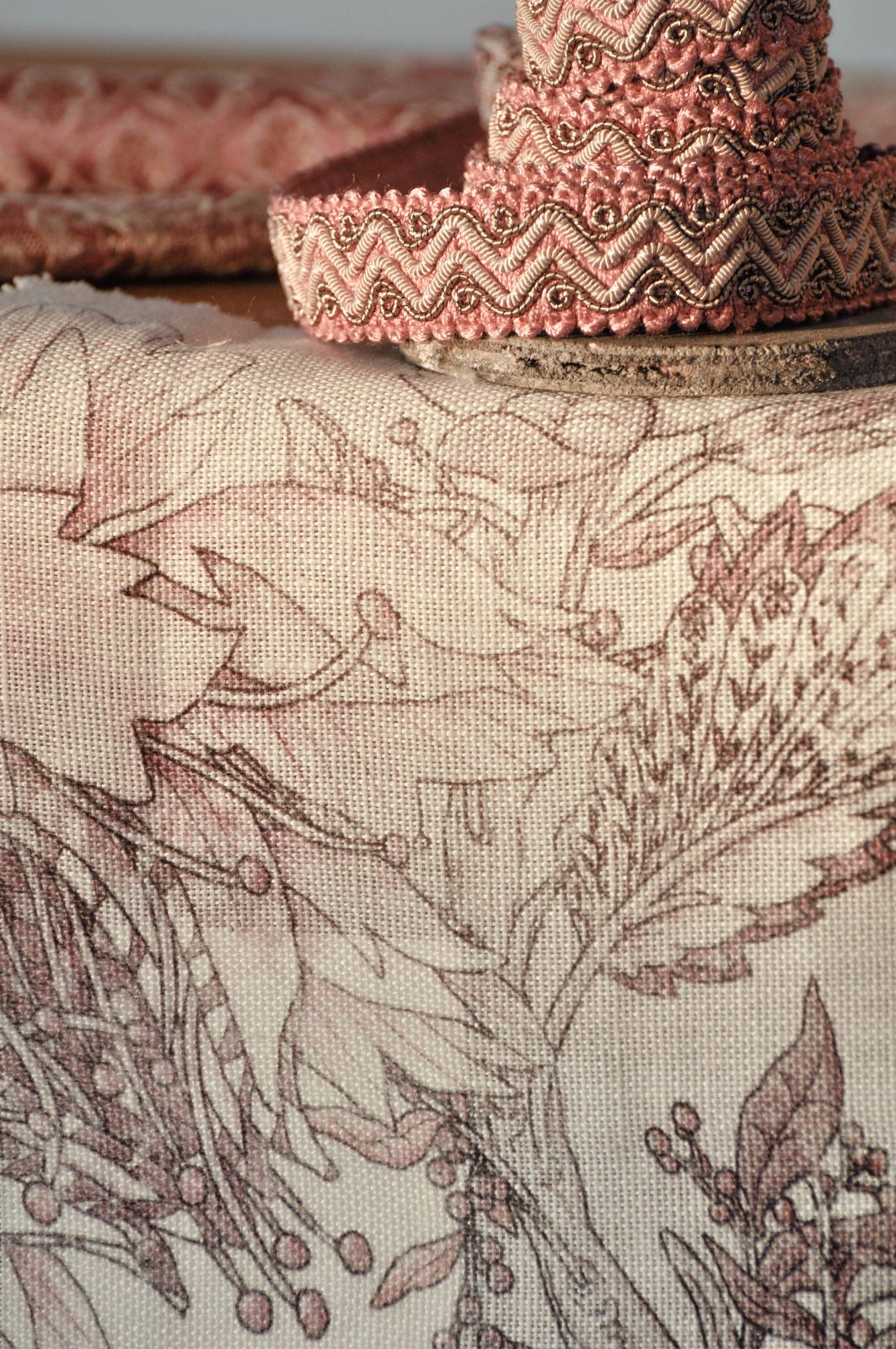
Romantic like English roses
English roses are the essence of elegance and refinement. The same applies to fabrics decorated with a rose pattern. Regardless of the type of textile base printed or woven by yarn, the blossoming roses motif continues to be very decorative. It can incorporate stylized twigs with shy rose buds, exuberant inflorescences in various stages of flowering, or rose garlands, bouquets, or ditsy rose patterns. All fabrics with a rose pattern express the same charming romanticism.
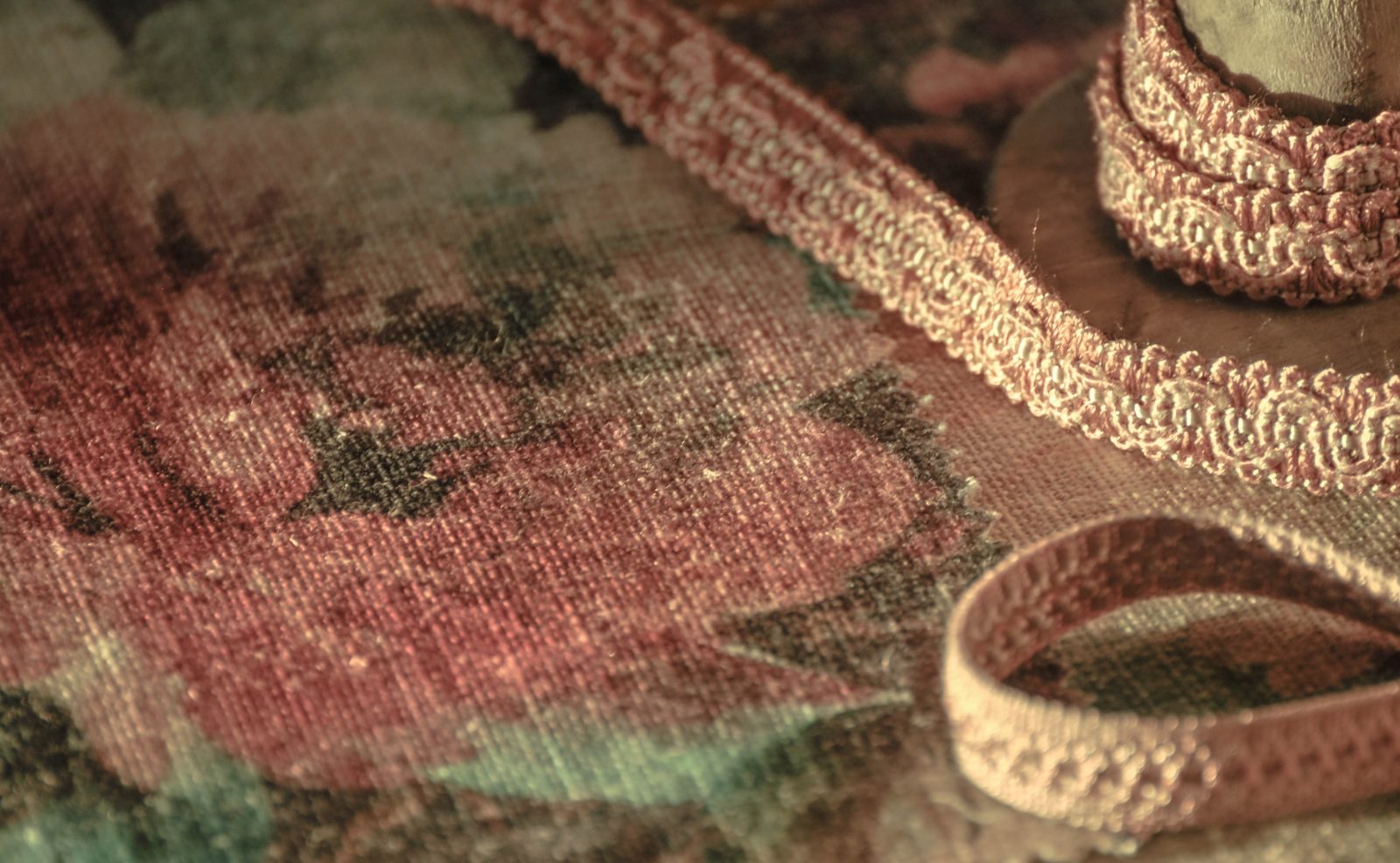
Ethereal like painted watercolours
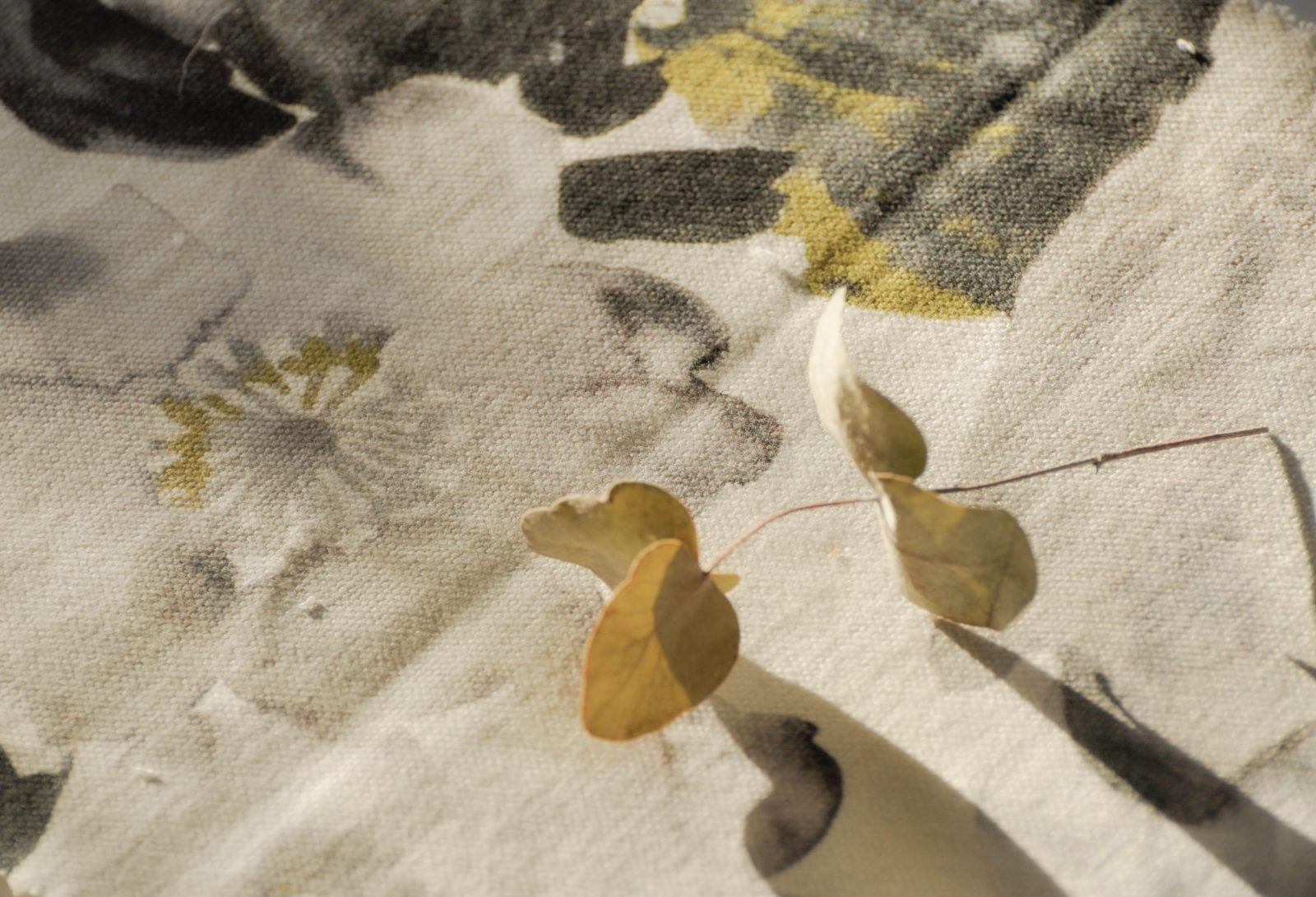
Watercolour is a technique that involves painting with diluted pigments on cellulose paper that quickly absorbs water. The same effect works well for cotton fabrics whose mattness underlines the watercolour nature of the floral pattern. In this case, flower shapes are blurred, and often merge, creating more of an impression of floral compositions than their faithful reproduction. The plants shown are devoid of meticulous details.
Water shades of pastel colours, watered down, fawn green, pinks, blues, yellows, all kinds of creams and whites, look best on almost colourless backgrounds. Diluted pigments in such patterns do not completely cover the texture of the fabric but make it clearly visible. This causes the fabrics with watercolour flower patches to look lighter and more ethereal than they really are.
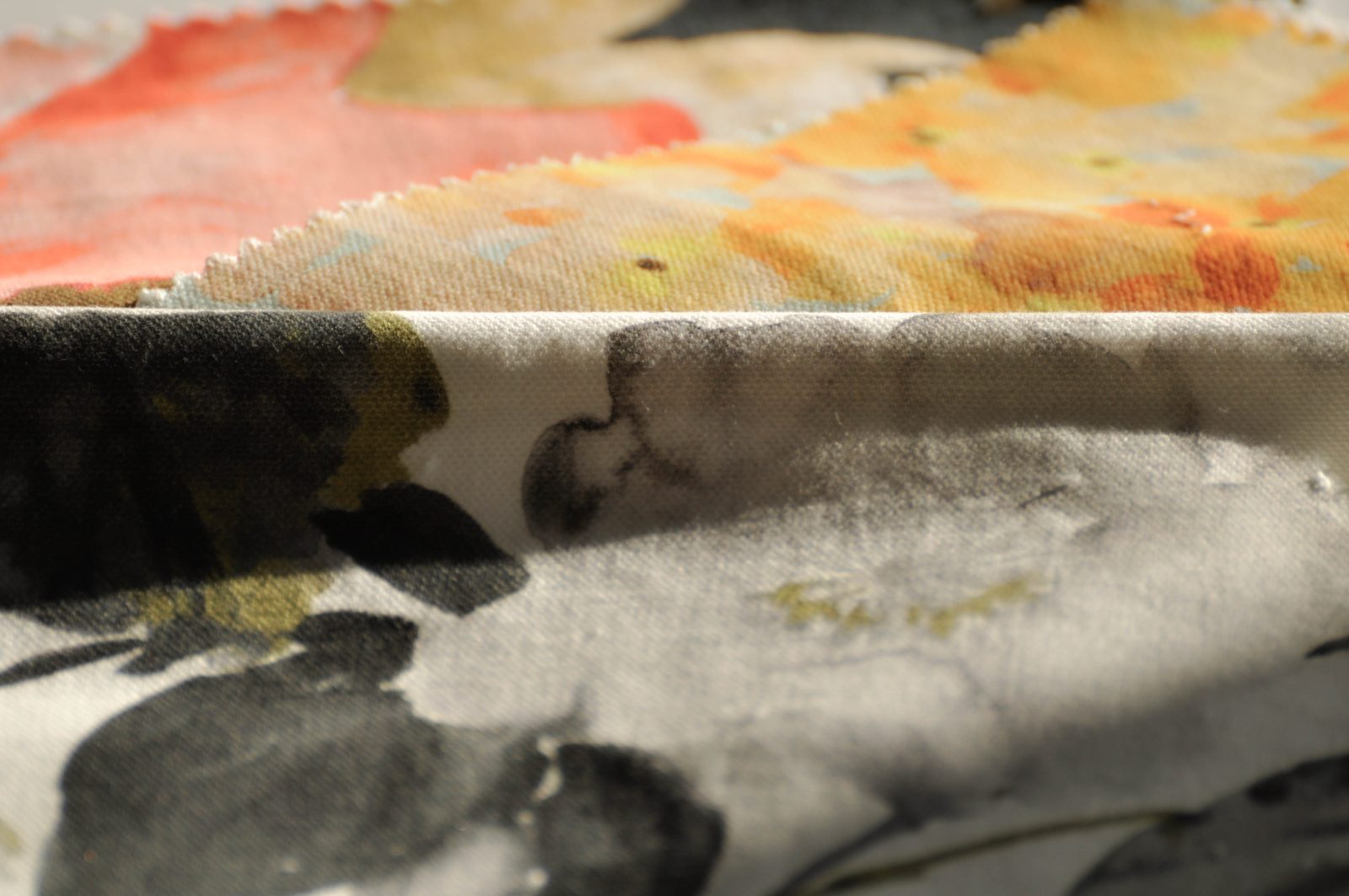
Cobalt like Delft pottery
Cobalt blue, used in the famous Dutch faience, in combination with a watercolour technique supplemented with fragments of hand-made contour drawings. Wild and garden flowers scattered on a cream-coloured china background resemble delicate ceramic decorations, associated with fragility and purity.
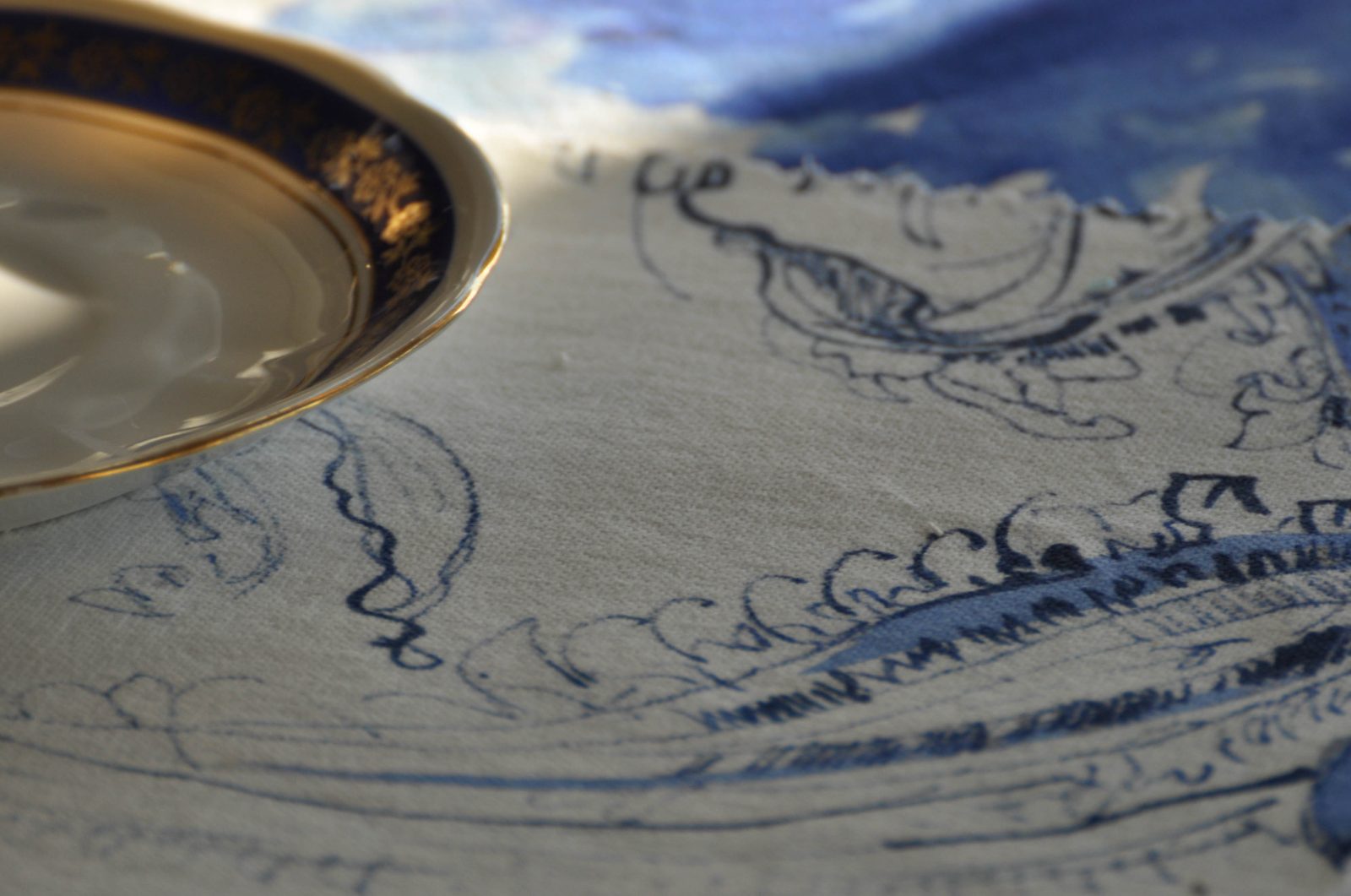
Impressionist like Monet’s water lilies
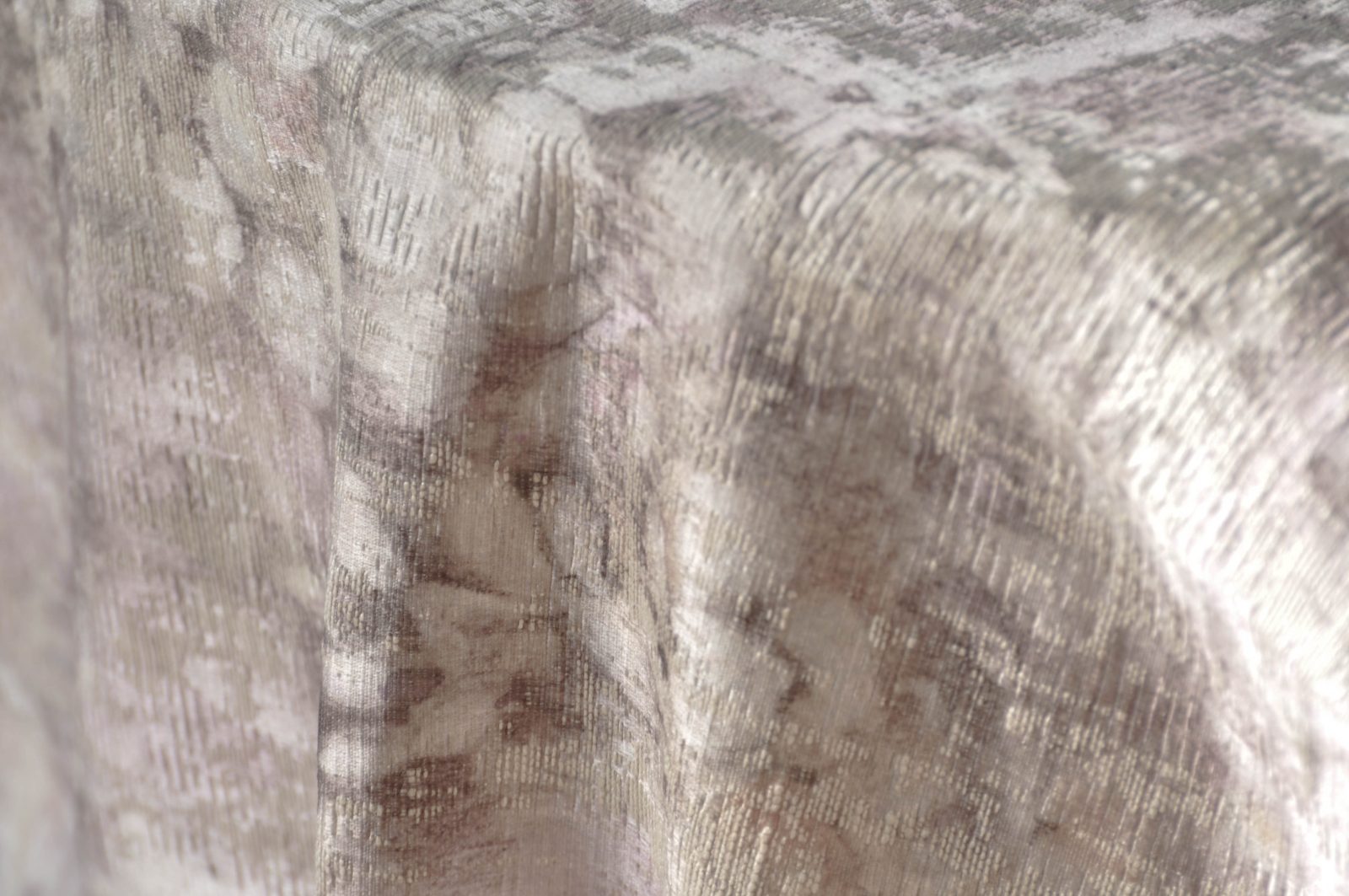
In modern decorative fabrics, the floral motif is sometimes extremely fancy. The name or structure of the flower do not really matter. It is the magic of the ethereal impression that counts. Plant motifs are barely visible, and outlines and shapes are dissolved in fog, like water lilies under the surface of flowing water. The complex chiaroscuro and colour palette, which escapes the colour nomenclature, are of key importance. Such patterns put the eye of the viewer in a state of permanent delight. The shiny effects intensify the impressionistic character, especially when the fabric is set in motion.
